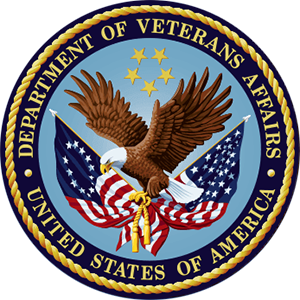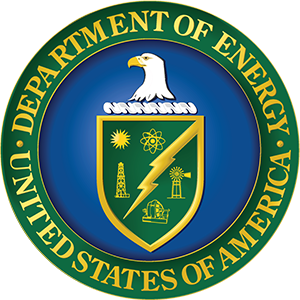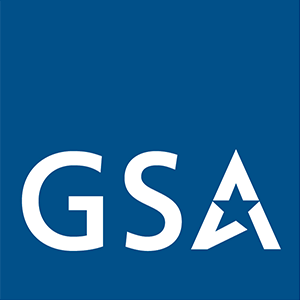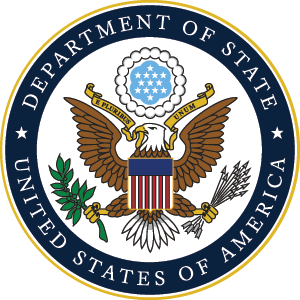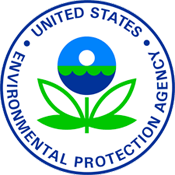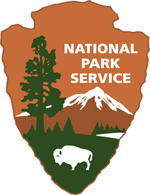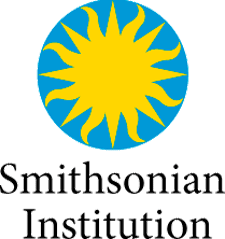Overview
Within This Page
Within the federal sector, alone, it is estimated that expenditures for water and sewer run between $0.5 billion and $1 billion annually. Reducing water consumption and protecting water quality are key objectives of sustainable design. One critical issue of water consumption is that in many areas of the country, the demands on the supplying aquifer exceed its ability to replenish itself. To the maximum extent feasible, facilities should decrease their need for water by increasing efficiency. Once efficiency has been optimized, facilities should maximize the use of water that is collected, used, purified, and reused on-site. Though the collect and treat strategy will do little to reduce total water volume used on-site, it will minimize treatment and transport losses as well as reduce the overall energy required for processing and conveyance.
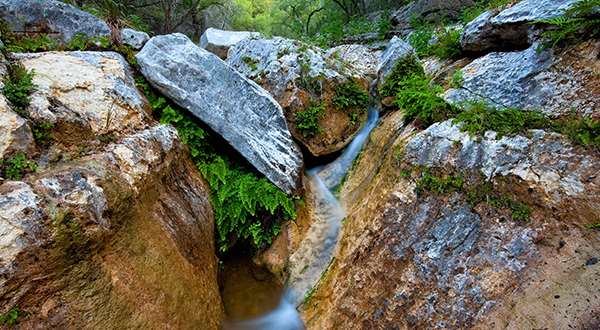
Edwards Aquifer is one of the most important water sources in Texas, serving nearly two million Central Texans. More than 160,000 acres of land above the aquifer are being protected which helps improve water quality by avoiding increases in bacteria, lead, and nitrogen. Photo Credit: The Nature Conservancy
Tremendous energy resources are used to procure, pump, heat, treat, transport, and store potable water. Energy is also used to treat used water in the form of sewage. Simultaneously, much water is used for power production, both in the form of cooling towers for thermoelectric plants and evaporation losses for hydroelectric plants. Potentially toxic chemicals are essential to these processes. Using potable water to irrigate lawns, wash sidewalks, or flush human waste is a misuse of this energy intensive resource.
The protection and conservation of water must be considered throughout the life of the building. Facility owners and developers must seek to:
- Use water efficiently through high efficiency fixtures, elimination of leaks, water conserving cooling towers, and other actions.
- Balance the energy and water conservation strategies in cooling towers through water and air side economizers and the use of off-peak cooling as appropriate.
- Improve water quality. For example, incorporate storm water settling ponds and kitchen grease-traps, eliminate garbage disposals, and lead-bearing products in potable water.
- Recover non-sewage and graywater for on-site use (such as toilet flushing and landscape irrigation, and more generally, consider the water quality requirements of each water use).
- Establish waste treatment and recycling centers.
- Apply the FEMP Best Management Practices for Water Efficiency.
- Follow EPA Technical Guidance on Implementing the Storm Water Runoff Requirements for Federal Projects under Section 438 of the Energy Independence and Security Act hydrology requirements to maintain or restore predevelopment hydrology of the property with regard to the temperature, rate, volume, and duration of flow.
- Design for Net Zero Water which completely offsets water use with alternative water plus water returned to the original water source.
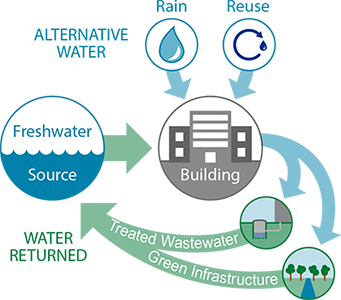
Designing for Net Zero Water. Image Credit: Energy.gov
Water conservation must also be a key consideration in the reuse or renovation of an existing building.
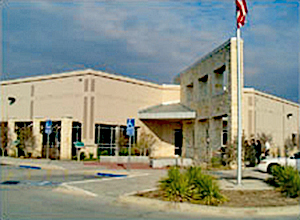
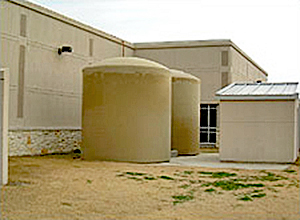
Water conservation strategies implemented at the Post Office in Ft. Worth, TX include landscaping with native, or indigenous, plantings and rainwater catchment basins. Photo Credit: Don Horn
Recommendations
Use Water Efficiently
- Incorporate water efficiency and conservation in construction specifications.
- Use high efficiency plumbing fixtures and integrate other water-saving devices into buildings.
- Design landscape for water efficiency through the use of native plants that are tolerant of local soil and rainfall conditions.
- Meter water usage; employ measurement and verification methods; comply with the Department of Energy's International Performance Measurement and Verification Protocol (IPMVP) for water use.
- Separately meter cooling tower make-up water supply. Ask the local utility if the amount used can be deducted from the sewer water charges.
- Install water-conserving cooling towers designed with delimiters to reduce drift and evaporation, and consider hybrid cooling towers to allow dry-cooling when climatic conditions allow.
- Reduce evaporation through controlled scheduled irrigation that avoids watering during the hottest part of the day.
- Eliminate leaks; caulk around pipes and plumbing fixtures; conduct annual checks of hoses and pipes.
- Commission water and sewer systems as part of the project quality assurance process.
- Specify WaterSense labeled products for quality, water-efficient products.
- Maximize the use of efficient landscape irrigation equipment such as drip irrigation and soil moisture sensors.
- Hire an irrigation professional certified by a WaterSense labeled program to design, install or maintain, and audit irrigation systems.
- Initiate water and energy saving best practices in institutional food services facilities.
Protect Water Quality
- Install and maintain water quality ponds or oil/grease/grit separators as storm water runoff filtration systems.
- Eliminate the use of lead materials.
- Use non-toxic bathroom and kitchen cleaning products, including products with the Safer Choice label.
Recover Non-Sewage and Graywater for On-Site Use
- Use non-sewage wastewater for irrigation and other uses permitted by Code or local ordinance.
- Use rain water, groundwater, and water from sump pumps for on-site activities such as flushing toilets.
- Capture and use condensate from HVAC systems.
- Install separate pipe system for graywater.
- Follow "Guidance for Federal Agencies on Sustainable Practices for Designed Landscapes" , Council on Environmental Quality.
- Work with local water jurisdiction officials to get approval for graywater projects.
Establish Site-Based Treatment and Recycling Programs
- Use biological waste treatment systems to treat waste on-site.
- Use graywater, roof water, and groundwater for on-site activities.
Apply the FEMP Best Management Practices for Water Conservation
Best Management Practices (BMPs) were originally developed by the Department of Energy Federal Energy Management (FEMP) Program in response to the requirements set forth in previous Executive Order (EO) 13123, which required federal agencies to reduce water use through cost-effective water efficiency improvements. In response to EO 13423 and to account for recent changes in technology in water use patterns the Environmental Protection Agency's WaterSense Office has updated the original BMPs. The updated BMPs below were developed to help federal agency personnel achieve water efficiency goals of EO 13423.
BMP #1—Water Management Planning
BMP #2—Information and Education Programs
BMP #3—Distribution System Audits, Leak Detection and Repair
BMP #4—Water-Efficient Landscaping
BMP #5—Water-Efficient Irrigation
BMP #6—Toilets and Urinals
BMP #7—Faucets and Showerheads
BMP #8—Steam Boiler Systems
BMP #9—Single-Pass Cooling Equipment
BMP #10—Cooling Tower Management
BMP #11—Commercial Kitchen Equipment
BMP #12—Laboratory and Medical Equipment
BMP #13—Other Water Intensive Processes
BMP #14—Alternate Water Sources
The International Storm Water Best Management Practices (BMP) Database, developed under a grant from the U. S. Environmental Protection Agency, contains best management practices, and study references for the effective design of storm water management systems.
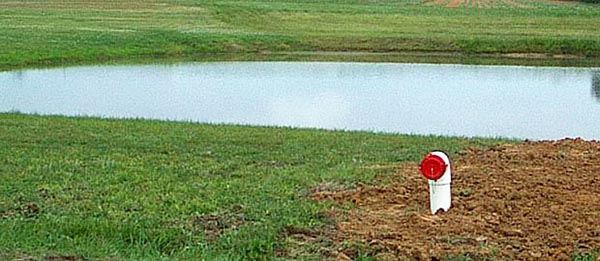
Dry fire hydrant installed on Silver Creek in Virginia. Photo Credit: Silvercreekofvirginia.com
Related Issues
Dry Fire Hydrants
One of the synergistic technologies for achieving water conservation and fire safety is a dry fire hydrant. Dry hydrants are non-pressurized suction pipe systems that are permanently installed in ponds or lakes and use the untreated water, instead of municipal water, to fight fires. Utilized in areas that lack conventional fire protection; areas that cannot handle the large volumes of water due to antiquated systems; or during peak use seasons when there is low water pressure, dry hydrants allow fire departments to be much more efficient by providing close water sources to fire risks. Since dry hydrants are installed below frost line and do not require electricity, they are capable of supplying water in the case of natural disasters such as hurricanes and tornadoes when electricity lines are knocked down, or during extreme cold or hot weather where conventional hydrant pipes can freeze or break. Also, dry fire hydrants help to save drinking water and conserve energy by using rainwater that does not need to be processed to be used for fighting fires. More
Graywater
Graywater use can significantly reduce the amount of potable water needed for landscaping irrigation, toilet flushing and other non-drinking water applications. To increase graywater recovery and use, coordinate with local water authorities to explain the value of graywater recovery and the benefits to them and their community. Note that as of 2014, many jurisdictions will require a variance to source plumbing fixtures with non-potable water.
Passive Survivability
Passive survivability is a fairly new approach to disaster recovery and continuity of operations. Ensuring that an on-site water storage system can survive a natural disaster would allow a facility to operate through the disaster or restart operations soon after a disaster.
Extreme Weather
Extreme weather has taxed water supply systems and caused major damage to facilities along coastlines and rivers. Before rebuilding after extreme weather events, apply sustainable development principles to rebuilding water supply systems and storm water management.
Continual drought conditions plague some parts of the country. Design water infrastructure systems and facility water use systems to minimize water use in these areas.
Impact of Waste Water Reduction for Combined Storm and Sanitary Systems
Many older urban areas are left with a legacy of combined storm and sanitary sewer systems, which can easily overwhelm sewage treatment facilities during storm events. Raw sewage may be required to be discharged directly into waterways when such systems are overwhelmed. Reducing use of water and recycling greywater in buildings can help reduce the sewage load on the treatment facilities.
Reduce Electrical Power Consumption
Large amounts of water are used in the process of electrical power production; reducing use of electricity will also result in water reduction at the power plant. Conversely, electricity is used for water pumping, extraction, transfer, distribution, irrigation, manufacturing and wastewater treatment. Reducing the use of water thus results in a reduction of the amount of electricity required to be produced by the power plant.
Relevant Codes, Laws, and Standards
Codes and Laws
- Clean Water Act
- Energy Independence and Security Act of 2007
- Energy Policy Act of 2005 (EPACT)
- Executive Order 13834, "Efficient Federal Operations"
- International Green Construction Code (ICC IgCC), International Code Council
- Uniform Plumbing Code, IAPMO
Standards
- ASHRAE 188 Legionellosis: Risk Management for Building Water Systems
- PBS-P100 Facilities Standards for the Public Buildings Service, General Services Administration (GSA)
- UFC-1-200-02 High Performance and Sustainable Building Requirements
- UFC 3-210-10 Low Impact Development
Additional Resources
Federal Agencies
- Federal Leadership in High Performance and Sustainable Buildings Memorandum of Understanding
- Environmental Protection Agency (EPA)
- Water Topics
- Drinking Water
- Monitoring and Preventing Water Pollution
- Wastewater and Water Treatment
- WaterSense
- WaterSense Best Management Practices
- WaterSense Professional Certification
- Water Topics
Publications
- Air Force Water Conservation Guidebook, 2002.
- B3 Guideline formerly the Minnesota Sustainable Building Guidelines (MSBG), by Center for Sustainable Building Research. Site and Water Guidelines
- Consumptive Water Use for U.S. Power Production , National Renewable Energy Laboratory. 2003.
- EPA Fact Sheet—NPDES General Permit for Storm Water Discharges From Construction Activities
- EPA Fact Sheet—Permitting Stormwater Discharges from Federal Facility Construction Projects
- EPA—Planning for Federal Sustainability in the Next Decade, Executive Order 13693
- FEMP Energy-Efficient Product Procurement
- GSA Water Management Guide, 2004.
- Guidelines for Estimating Unmetered Landscaping Water Use Federal Energy Management Program. 2010.
- High Performance Building Guidelines , City of New York Department of Design and Construction, 1999. Chapter on Water Management.
- Increasing Federal Office Building Water Efficiency , Department of Energy, 2010.
- Managing Wet Weather with Green Infrastructure, Municipal Handbook, Rainwater Harvesting Policies, EPA
- Technical Guidance on Implementing the Storm water Runoff Requirements for Federal Projects under Section 438 of the Energy Independence and Security Act, EPA. 2009.
- The Texas Manual on Rainwater Harvesting , Texas Water Development Board. 2005.
- WaterSense at Work: Best Management Practices for Commercial and Institutional Facilities, EPA, 2012.
Organizations
- Alliance for Water Efficiency
- American Rainwater Catchment Systems Association (ARCSA)
- American Water Works Association
- The Green Building Initiative
- International Living Future Institute
- Living Building Challenge
Others
- FedCenter.gov—FedCenter, the Federal Facilities Environmental Stewardship and Compliance Assistance Center, is a collaborative effort between the Office of the Federal Environmental Executive (OFEE), the U.S. Army Corps of Engineers Construction Engineering Research Laboratory, and the U.S. EPA Federal Facilities Enforcement Office, a one-stop source of environmental stewardship and compliance assistance information focused solely on the needs of federal government facilities.
- Federal Highway Administration (FHWA)—Water, Wetlands, and Wildlife
- Food Service Technology Center—This website energy efficiency and water conservation in institutional food service facilities.
- Green Seal—Standards for environmentally responsible products including water efficient fixtures.
- GSA Sustainable Facilities Tool (SFTool)—SFTool's immersive virtual environment addresses all your sustainability planning, designing and procurement needs.
- Impacts of low water fixtures on plumbing drainlines and sewers
- International Stormwater Best Management Practices (BMP) Database—Developed under a grant from the U. S. Environmental Protection Agency, the BMP Database contains best management practices, and study references for the effective design of stormwater management systems.
- Water Efficiency in Federal Buildings and Campuses, Federal Energy Management Program (FEMP)
- Water Conservation Resource Community


